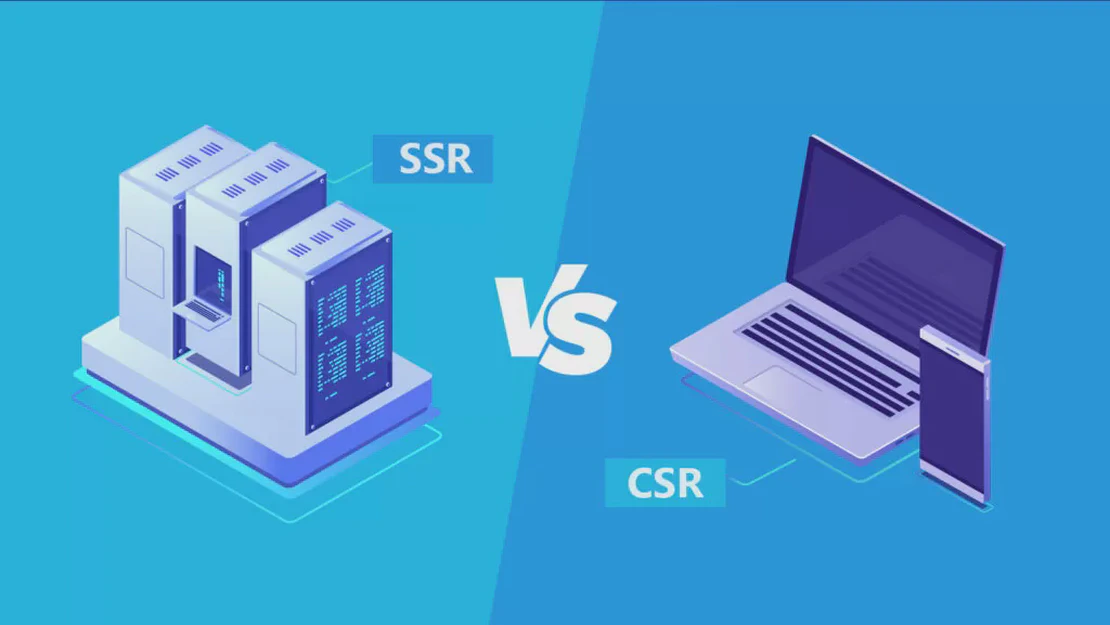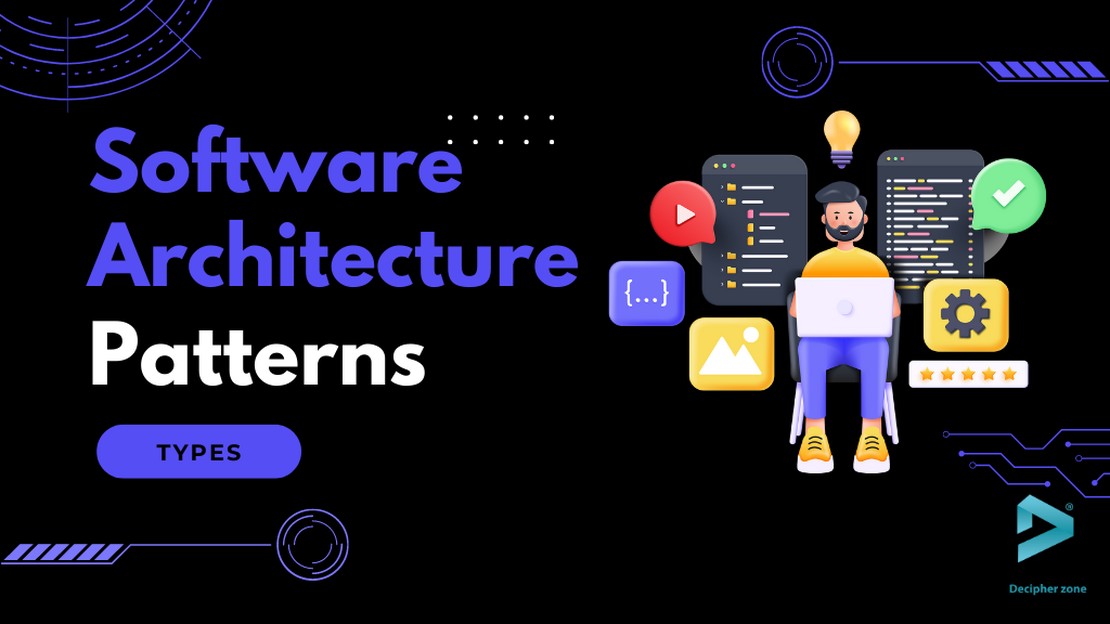
Server-side Vs Client-side rendering
- Harun Bekri
- Technology
- November 20, 2023
When it comes to rendering web pages, there are two main approaches: server-side rendering (SSR) and client-side rendering (CSR). Both methods have their advantages and considerations, and in this article, we’ll explore the key differences between them.
Server-Side Rendering (SSR)
Server-side rendering refers to the process of rendering web pages on the server and sending the fully rendered HTML to the client. Here’s how SSR works:
- When a user requests a web page, the server generates the HTML content dynamically.
- The server includes the requested data and templates, processes them, and generates a complete HTML response.
- The server sends the fully rendered HTML to the client, which can be displayed immediately.
SSR offers several benefits:
- SEO-friendliness: Since search engine crawlers traditionally analyze HTML content, SSR can improve search engine optimization by providing readily available content.
- Performance: With SSR, the initial page load is usually faster, as the server sends a fully rendered page to the client.
- Improved user experience: Users can view the content without waiting for JavaScript to load and execute.
However, SSR also has some limitations:
- Server load: Rendering pages on the server can put additional strain on the server’s resources, especially when handling multiple client requests simultaneously.
- Limited interactivity: SSR provides static HTML content initially, so adding interactivity requires additional client-side JavaScript.
Client-Side Rendering (CSR)
Client-side rendering, on the other hand, involves transferring minimal HTML content from the server and rendering the full web page on the client’s browser. Here’s how CSR works:
- The server sends a basic HTML document to the client, which includes links to CSS and JavaScript files.
- The client’s browser loads these assets and executes the JavaScript code.
- The JavaScript code fetches data from APIs and dynamically renders the web page on the client.
CSR offers its own set of advantages:
- Flexibility: CSR allows for more dynamic and interactive web applications, as the rendering process occurs on the client’s side.
- Reduced server load: Since the server only needs to provide minimal HTML content and static assets, it can handle more concurrent requests.
- Enables single-page applications (SPAs): CSR is commonly used in SPAs, where the initial page load is faster, and subsequent page transitions can be smoother.
However, CSR also has some considerations:
- SEO challenges: Search engines may have difficulty indexing dynamically generated content, potentially impacting search rankings.
- Initial loading time: CSR requires downloading and executing JavaScript code before rendering, which can result in a slower initial loading time compared to SSR.
- Accessibility: If JavaScript fails to load or execute, the content may not be accessible to some users.
Conclusion
Server-side rendering (SSR) and client-side rendering (CSR) are two different approaches with their own strengths and considerations. SSR provides faster initial page loads, better SEO-friendliness, and improved user experience, but can add strain to the server. CSR offers more flexibility, reduced server load, and enables SPAs, but may face SEO challenges and slower initial loading times.
Ultimately, the choice between SSR and CSR depends on the specific requirements of your application. Some projects may benefit from a combination of both approaches, using SSR for initial content and CSR for subsequent interactivity. Understanding the trade-offs and choosing the right rendering approach is crucial for delivering optimal web experiences.


